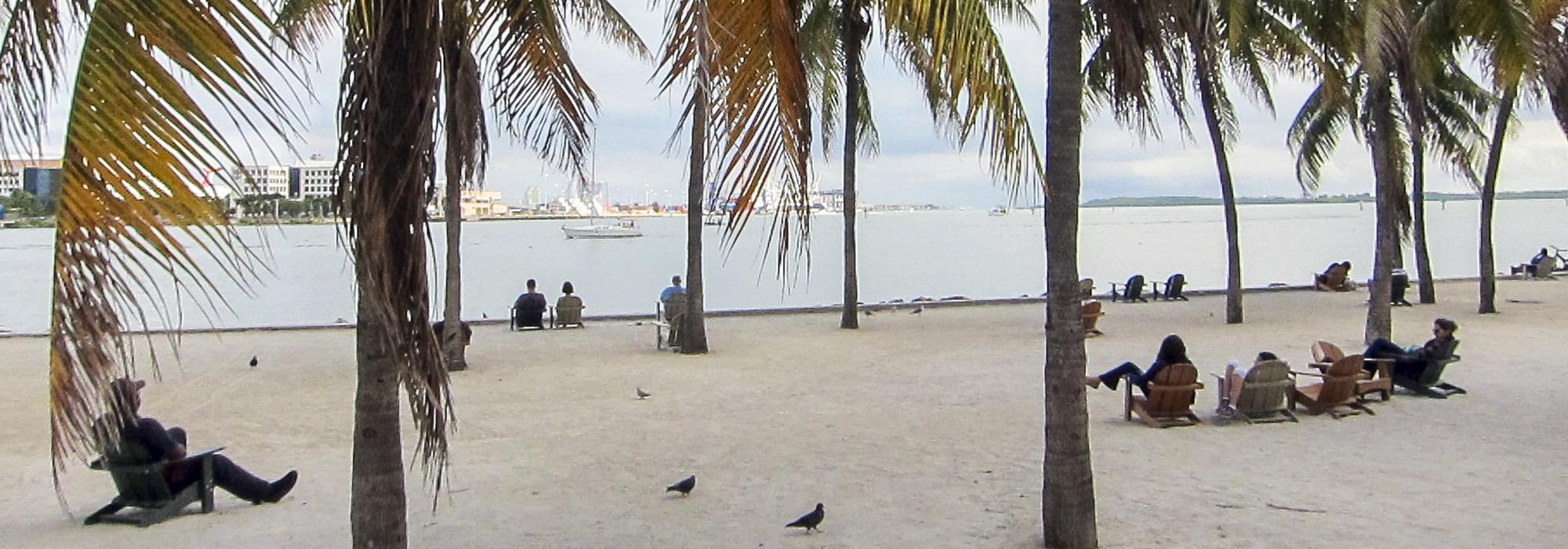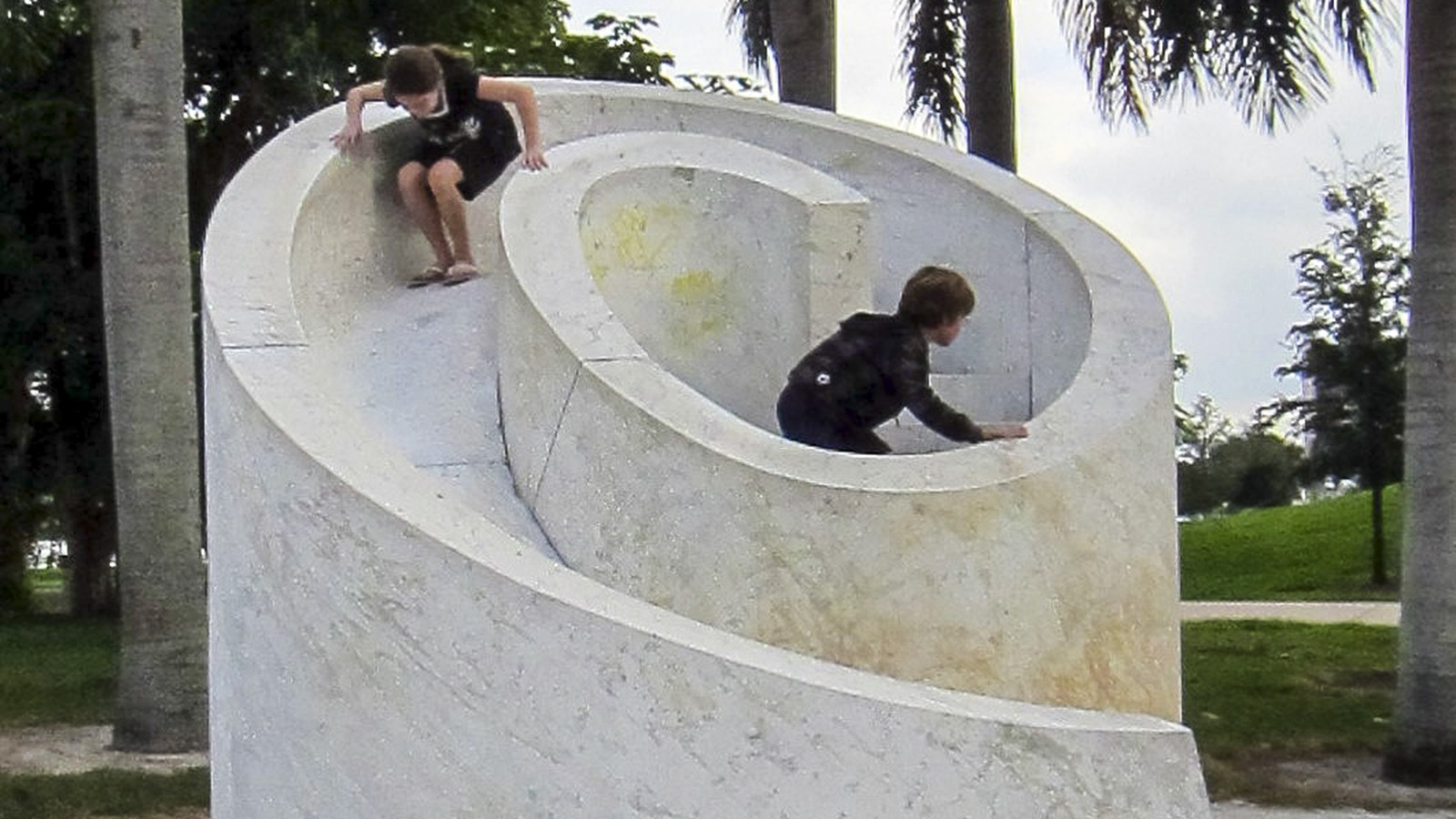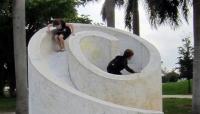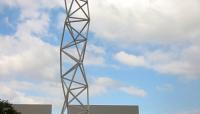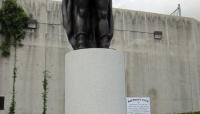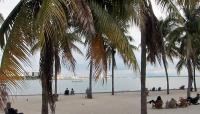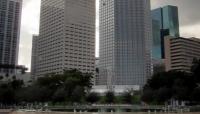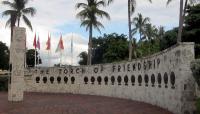Landscape Information
Known as Miami’s front porch, this park began as a small reserve for political and religious gathering amidst railroad tracks and tidal marsh. In 1922 the City constructed a retaining wall, commissioned Warren Manning, who worked for Frederick Law Olmsted, Sr. in the late 19th century, to design a park, and spent 17 months reclaiming the coastline. Manning’s design for the 62-acre parcel employed meandering paths through palms, tropical almonds, and Royal Ponciana, a circular bed of exotic flowers, and a wide pedestrian promenade that extended East Flagler Street to the bay. Much of Manning’s design was destroyed by a hurricane in 1926. A year later, the City installed a band shell, a grotto, and a rock garden on the waterfront. The U.S. Navy commandeered the park through World War II but permitted the City to install the Dade County War Memorial in 1943. Battered from the military occupation, the park was returned to the City in 1950 and a public library was built obstructing views to the bay. The following two decades saw little investment in the park.
In 1980 the City commissioned Isamu Noguchi to redesign the newly-named Bayfront Park, which had shrunk to 32 acres due to peripheral development. Noguchi convinced the City to demolish the library and re-extend Manning’s pedestrian promenade, which now terminates at a spray fountain surrounded by a paved civic space. Bosques of subtropical trees provide shade for grassy lawns, the rock garden, and several of Noguchi’s sculptures including a monument to the Challenger space shuttle. The War Memorial was updated in the 1990s.



